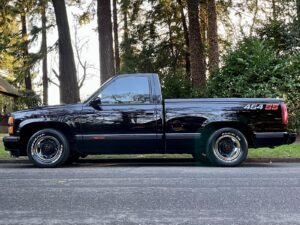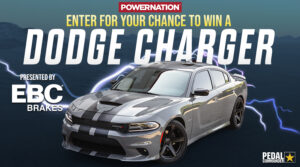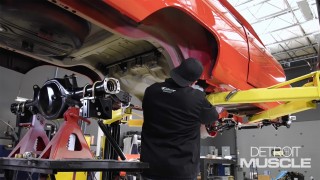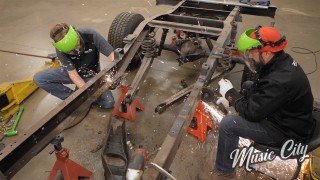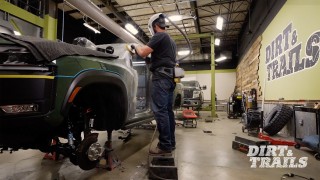Dead Brands & Why We Love Them
Dead Brands & Why We Love Them
By Jim Campisano
Last week’s blog about the death of Pontiac was (and remains) wildly popular. The decision to kill the Wide-Track brand still rubs some people the wrong way. So I got to thinking: what about some of America’s other dead brands? Could any of them make a comeback in the 21st century? Why do we still love them so?
Plymouth: This is a division near and dear to my heart. My first car was a ’71 B5 blue Barracuda convertible. From the first Superbird I saw in 1970 to the gunmetal grey 340 ‘Cuda that was around the corner from my house as an adolescent, I knew these monsters could run with the best. One of my buddies had a ’70 440 6-bbl Super Track Pack GTX with the air grabber hood. With 4.10 gears and a 4-speed, we feared nothing. His brother had a 383 Sport Satellite and another guy we knew had a red ’67 GTX with a 440.
How could things go so wrong so fast? Brand-engineered junk piles in the late-‘70s, ’80s and ’90s destroyed a reputation built on indestructible family cars like the Valiant, Belvidere and Fury. The market changed, too. Cheap Asians econoboxes ate up the sizeable market share in the low-priced segment, while the bigger stuff was indistinguishable from what could be purchased from a Dodge dealer. I’ve read forum and Facebook posts exhorting Fiat Chrysler to bring back the Barracuda as a new high-performance ponycar, but really, what would be the point? As much as I love them, they never, ever sold well.
American Motors: This has less hope of a revival than Plymouth. What was great about AMC lives on as the Jeep brand today. AMC had some wonderful years, but was never able to sustain them and was always financially behind the 8-ball. Who wouldn’t kill for a two-seat AMX today? The Javelin, Hurst SC/Rambler and Rebel Machine were cool as well, and the all-wheel-drive passenger cars set the tone for most of what middle America is driving today. To the status-conscious general public, AMC was synonymous with tragically un-hip.
Mercury: This was a brand that needed to be euthanized and it probably should have happened 10 years sooner. Even the people working at the Blue Oval derided it as a Ford with a piece of chrome on it. Wasn’t always the case. Time was Mercurys had their own engines, unique styling, and distinctive personalities: There was the ’69 Marauder with the flat-black decklid and the ’70-71 Cyclone GT with that trident grille and hideaway headlights. The ’67 Cougar, though based on the Mustang, was marketed in a completely different way and had an upscale look and feel that made it the division’s most successful new car ever. Their big cars were baby Lincolns, perfect for the person who could afford more than a Ford, but couldn’t (or wouldn’t) step up to that top-tier brand.
Then it all fell apart. Ford stopped investing in the brand and its high-end accouterments eventually became standard on virtually every economy car. Until the end they were smooth, comfy cruisers but fake convertible tops and wire wheel covers slaughtered whatever was left of its reputation. You know your brand is in trouble when your customers think Buicks are for young whipper-snappers.
Can you imagine trying to sell the sporty front-drive Cougar in the same showroom as a Grand Marquis. I can just picture the salesman approaching a 20-something: “That Cougar’s nice, but this here Grand Marquis Brougham with velour, the carriage roof and whitewalls is much larger! And for only a few dollars more a month … ” Er, no thanks.
There was no Pontiac-style outrage when Ford killed its winged messenger division.
Oldsmobile: How do you go from selling over a million units a year to out of business less than 20 years later? You have to really work at it. GM’s “technology division,” the one that gave us the Rocket V-8, the front-drive Toronado, turbocharging and the 4-4-2 morphed into the Silhouette minivan, the Calais, Alero, Achieva, etc. I remember how proud I was cruising top-down in my red 88 convertible in the ’80s. It was an over-the-top statement of cool, even with me at the helm. This is a feeling I’m certain no one ever felt driving a Firenza. The ’95-up Aurora was too little too late.
Any brands you’d like to see brought back from the dead?
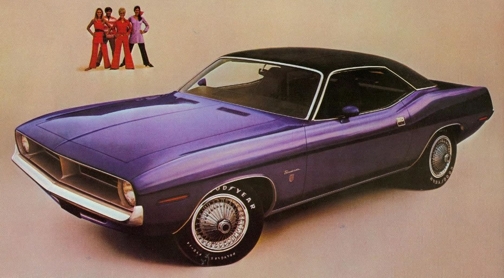

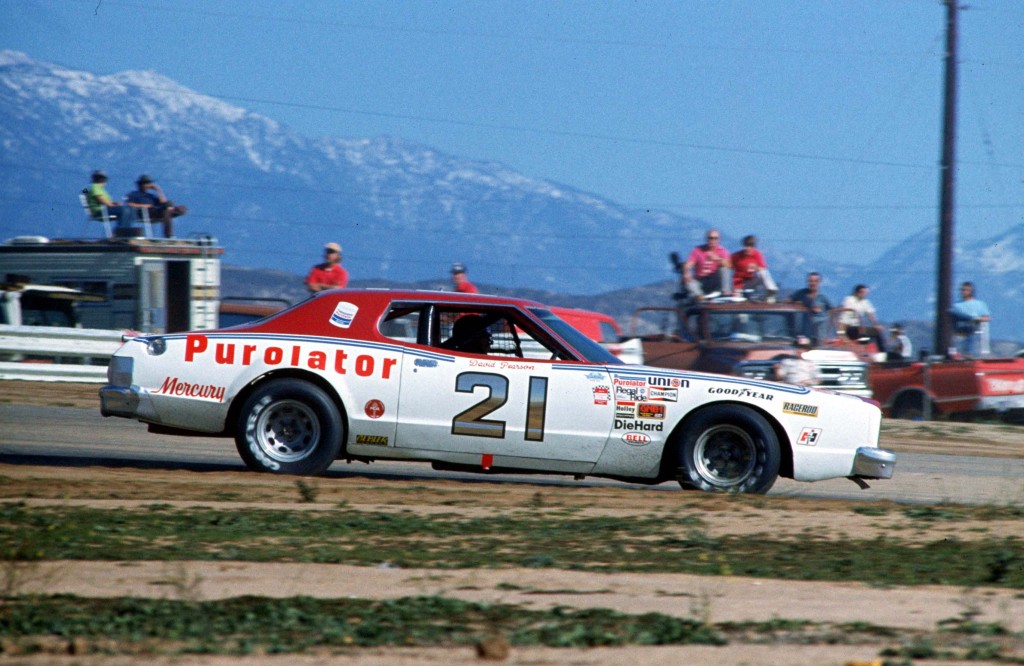
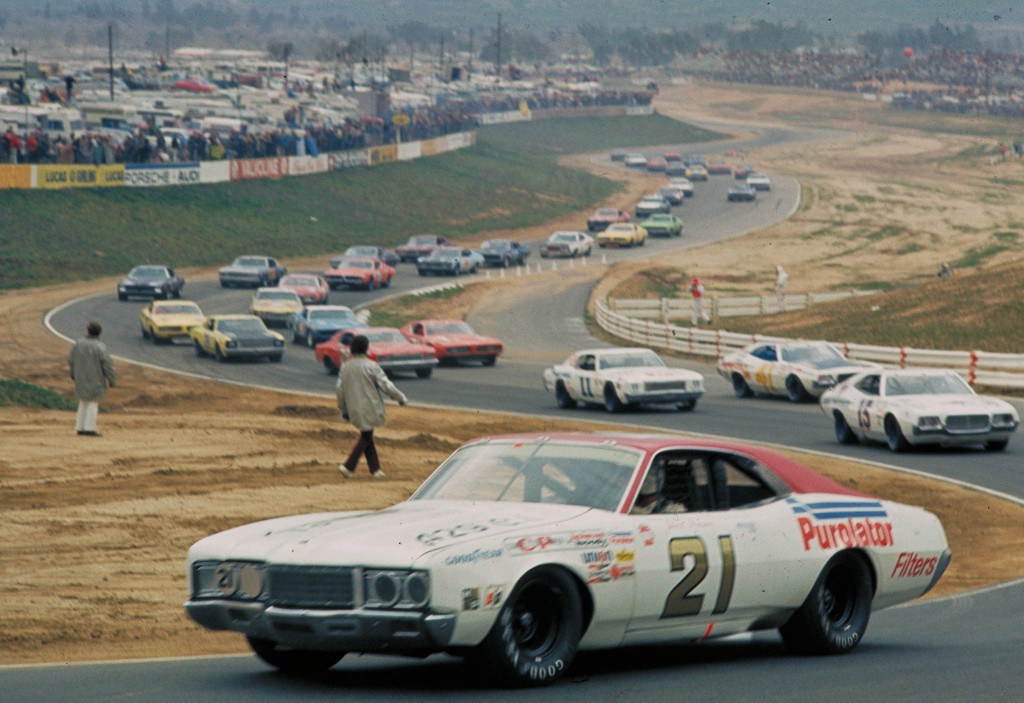
By Jim Campisano
Last week’s blog about the death of Pontiac was (and remains) wildly popular. The decision to kill the Wide-Track brand still rubs some people the wrong way. So I got to thinking: what about some of America’s other dead brands? Could any of them make a comeback in the 21st century? Why do we still love them so?
Plymouth: This is a division near and dear to my heart. My first car was a ’71 B5 blue Barracuda convertible. From the first Superbird I saw in 1970 to the gunmetal grey 340 ‘Cuda that was around the corner from my house as an adolescent, I knew these monsters could run with the best. One of my buddies had a ’70 440 6-bbl Super Track Pack GTX with the air grabber hood. With 4.10 gears and a 4-speed, we feared nothing. His brother had a 383 Sport Satellite and another guy we knew had a red ’67 GTX with a 440.
How could things go so wrong so fast? Brand-engineered junk piles in the late-‘70s, ’80s and ’90s destroyed a reputation built on indestructible family cars like the Valiant, Belvidere and Fury. The market changed, too. Cheap Asians econoboxes ate up the sizeable market share in the low-priced segment, while the bigger stuff was indistinguishable from what could be purchased from a Dodge dealer. I’ve read forum and Facebook posts exhorting Fiat Chrysler to bring back the Barracuda as a new high-performance ponycar, but really, what would be the point? As much as I love them, they never, ever sold well.
American Motors: This has less hope of a revival than Plymouth. What was great about AMC lives on as the Jeep brand today. AMC had some wonderful years, but was never able to sustain them and was always financially behind the 8-ball. Who wouldn’t kill for a two-seat AMX today? The Javelin, Hurst SC/Rambler and Rebel Machine were cool as well, and the all-wheel-drive passenger cars set the tone for most of what middle America is driving today. To the status-conscious general public, AMC was synonymous with tragically un-hip.
Mercury: This was a brand that needed to be euthanized and it probably should have happened 10 years sooner. Even the people working at the Blue Oval derided it as a Ford with a piece of chrome on it. Wasn’t always the case. Time was Mercurys had their own engines, unique styling, and distinctive personalities: There was the ’69 Marauder with the flat-black decklid and the ’70-71 Cyclone GT with that trident grille and hideaway headlights. The ’67 Cougar, though based on the Mustang, was marketed in a completely different way and had an upscale look and feel that made it the division’s most successful new car ever. Their big cars were baby Lincolns, perfect for the person who could afford more than a Ford, but couldn’t (or wouldn’t) step up to that top-tier brand.
Then it all fell apart. Ford stopped investing in the brand and its high-end accouterments eventually became standard on virtually every economy car. Until the end they were smooth, comfy cruisers but fake convertible tops and wire wheel covers slaughtered whatever was left of its reputation. You know your brand is in trouble when your customers think Buicks are for young whipper-snappers.
Can you imagine trying to sell the sporty front-drive Cougar in the same showroom as a Grand Marquis. I can just picture the salesman approaching a 20-something: “That Cougar’s nice, but this here Grand Marquis Brougham with velour, the carriage roof and whitewalls is much larger! And for only a few dollars more a month … ” Er, no thanks.
There was no Pontiac-style outrage when Ford killed its winged messenger division.
Oldsmobile: How do you go from selling over a million units a year to out of business less than 20 years later? You have to really work at it. GM’s “technology division,” the one that gave us the Rocket V-8, the front-drive Toronado, turbocharging and the 4-4-2 morphed into the Silhouette minivan, the Calais, Alero, Achieva, etc. I remember how proud I was cruising top-down in my red 88 convertible in the ’80s. It was an over-the-top statement of cool, even with me at the helm. This is a feeling I’m certain no one ever felt driving a Firenza. The ’95-up Aurora was too little too late.
Any brands you’d like to see brought back from the dead?




